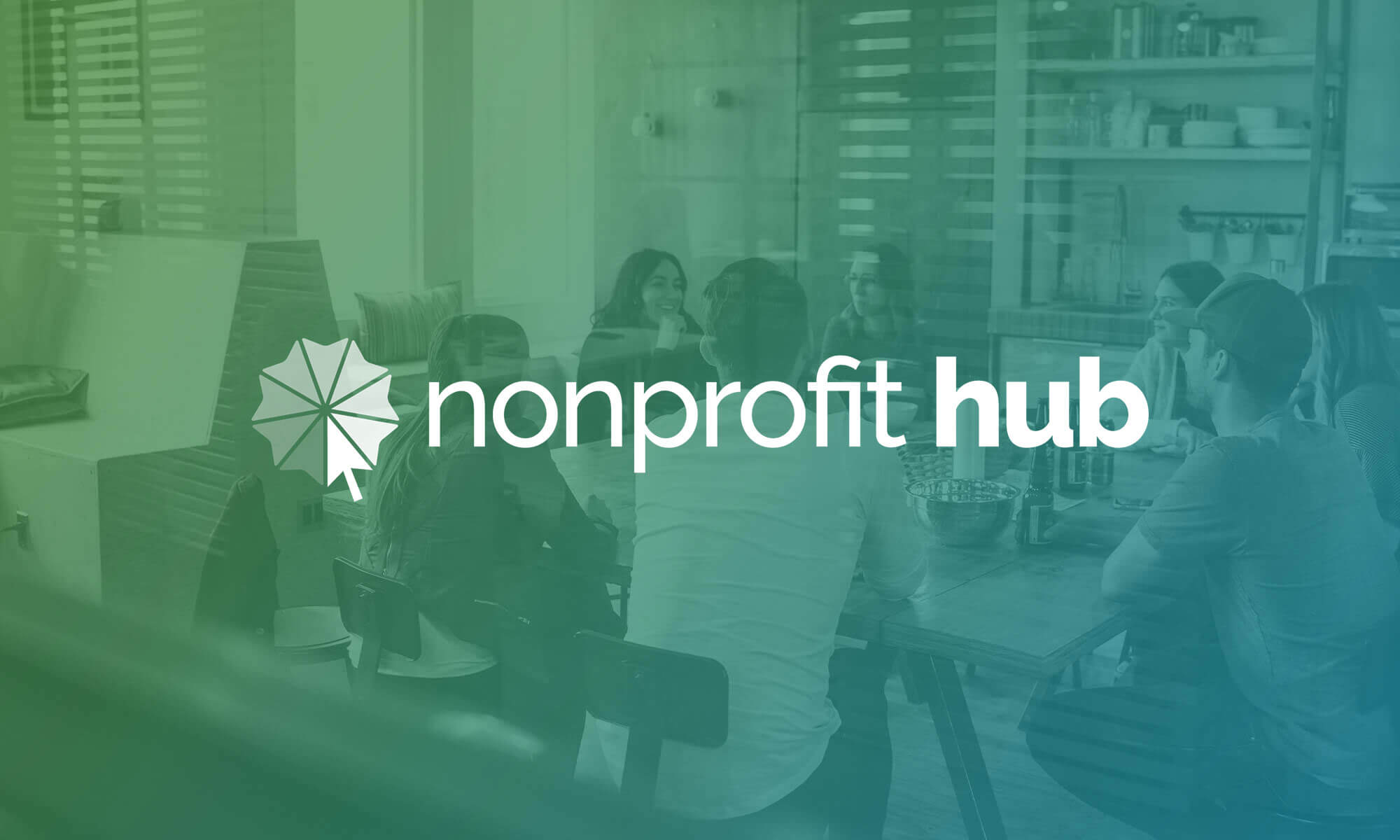Think of your organization as a house, and your nonprofit web design as the front step. How’s your curb appeal? A great nonprofit web design needs to make a good first impression, welcome visitors and even encourage repeat visits. Does your nonprofit web design do all of that?
It’s time for a makeover if your nonprofit’s website is more like the ugliest house on the block—the one all the neighbors loathe, the misfit shack with peeling paint on a door that’s sorely lacking a wreath. In designing your nonprofit’s website, make it more like the charmer with neat hedges and a polished door knocker.
Don’t let your nonprofit website be the ugly house. If nothing else, it needs the five must-haves explained below to make a good impression.
A Purpose
Did your nonprofit create a website because you were told you needed one, because competing organizations had one, or because a volunteer offered to build one for free? If you said yes to any of those, then you’re going about it all wrong.
Rebound by specifying your site’s purpose. Your nonprofit needs clearly defined goals, and every element—site structure, typography, landing pages—must contribute. On a related note, your nonprofit mission statement should somehow be showcased in your design.
Current News
The best nonprofit web designs feature frequently updated content. Highlight your blog posts or share news that’s relevant to your mission and your community. Featuring fresh content is an effective strategy for piquing curiosity and encouraging repeat visits because your audience will check back regularly to stay up to date.
One more reason to freshen up your content: it engages your community and shows that your organization is an active contributor.
Telling Photos
Don’t tell your site’s audience why you need their help or how effective your programs are. Show them. Your web design should spotlight arresting photographs that appeal to the visitor emotionally. Every image should relate to your mission and tell your nonprofit’s story.
Simplicity
Whether or not the main object of your nonprofit website is soliciting and accepting donations, your design needs to be donor-friendly. If your site doesn’t have a donate button on every page, at least make finding it simple and painless. The longer it takes to donate on your website, the more likely that prospective supporters will become frustrated and quit before donating.
Spotlight on Stories
Don’t hog the attention of your visitors with too much information about how your organization runs. Instead, think of your website as a go-between for your audience and the people you help. Highlight stories from individuals who benefit from your nonprofit’s support. Check out the design of St. Baldrick’s Foundation for an example of excellent beneficiary storytelling.
Finally, never lose sight of storytelling as your nonprofit’s greatest resource. If any element of your nonprofit web design doesn’t somehow contribute to your nonprofit’s story, revise and rework it. Every feature of your design should tell a cohesive story about your nonprofit.
What features of your nonprofit web design help tell your story?






